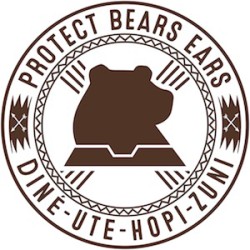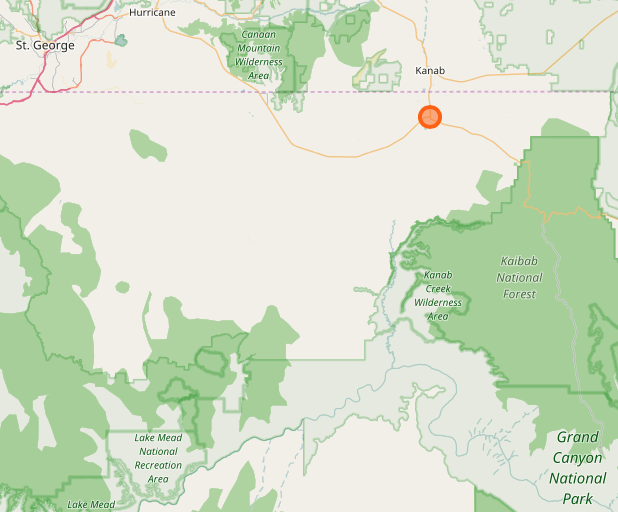I’ve been assuming this, but it’s time to dig into the details!
Here at the Off Grid Guides the idea of Leave No Trace takes a turn to the general. Leave No Trace has been popularized by Burning Man as a way for 50,000 people to use a pristine wilderness and not mess it up (they do mess it up, but maybe not so much). A 1987 government brochure, “Leave ‘No Trace’ Land Ethics,” says this:
“Practicing NO-TRACE ethic is very simple if you remember two things:
(1) MAKE IT HARD FOR OTHERS TO SEE YOU AND
(2) LEAVE NO TRACE OF YOUR VISIT”
Then later in 1994, a nonprofit focused on these principles, Leave No Trace, Ctr. for Outdoor Ethics, produced the standard.
Below are the 7 principles from the Leave No Trace folks (LNT.org):
– plan ahead, prepare
– travel and camp on durable surfaces
– dispose of waste properly
– leave what you find
– minimize fire impacts
– respect wildlife
– be considerate of others
I think you get the picture. The OGG interpretation of this is radical, but easy. Let’s focus on the easy, because it’s easier to understand. Leave No Trace is the easy way to camp. Leave No Trace has deep spiritual qualities (and may be a close misinterpretation of Toaism). The stillness in nature is often so profound that silence is loud and overwhelming, the wind and bugs can sound like voices.
OK, that was some of the radical stuff. So, back to the easy. Let’s look at the principles. Plan ahead and prepare is such a boring way to start this out. It should be, “CHECK OUT THE AWESOME PLACES YOU WILL GO!” But that’s ok, it needs to be readable by as many people as possible, so it’s dry as white toast. Sure, prepare, read up, inform yourself, gather reference material. Dry as the high desert! So make it a quest, you’ll need supplies, etc. so get them (for OGG that means good tires!). The real magic happens over coffee in the morning as you study the maps.
Central to having the no-trace ethic off grid, the second principle, travel and camp on durable surfaces, applies on your vehicle too. Since a good bit of the OGG is concerned with car camping, the Leave No Trace principles must also apply to how you use your vehicle. In particular, driving ONLY on roads. I think the OGG must insist that there is NO DRIVING ACROSS OPEN FIELD. Take the two track, it’s there. By the way, this also works in the Leave No Trace (take the easy way) – it’s just plain easier stick to the road. And do take the one less traveled.
You can figure out how to deal with waste (#3) and not to pick the flowers (#4) on your own. Next, minimize fire impacts – think stars. Campfires are such a common feature to the camping narrative, yet such a not easy thing to deal with. In general, especially when solo, skip the fire, you’ll see way more stars. In fact, if you want to kill a night of stargazing, have a campfire. In the desert southwest there are often fire controls in effect, so it’s not an option. Instead of a campfire, unzip the bottom of your sleeping bag and get in, then sit and lookup. Cozy and your sleeping bag gets preheated!
One of the features of no trace camping is that nature will come to you. If you are quiet (don’t crank the tunes), skip the fire, and you’re far from other people, whatever is out there will stop by. You’ll hear the owls, see the deer, understand when two falcons are squawking at each other over territory. Foxes, coyotes, cats, burros, horses will wonder what you’re up to. The ravens will want to pick through your trash and the mice probably will if you don’t pack it away!
The last two principles can be reduced to respect. Of course you respect the wildlife and the other campers. But what does that respect really do? While the outward forms of respect are more physical, don’t be loud, too close, too bright at night or day. It’s a mind set. Respecting the living things in the world, acknowledging the sanctity of life, this is why you are off grid, this is what you are seeking.
The radical part of Leave No Trace is that it can be a guiding principle in life. Plenty of times we face decisions to leave no trace, or not. While zero impact is impossible, always has been (read Darwin), much of our world is entirely unnecessary and destructive. Given climate crisis, the only way for humans to survive is to follow leave no trace ethics. So get ahead of the curve, be a trend setter, bail on plastic stuff and hug a tree.
google books: Leave ‘No Trace’ Land Ethics, 1987 USDI, USDA
https://books.google.com/books?id=nu8TAAAAYAAJ&printsec=frontcover&source=gbs_ge_summary_r&cad=0#v=onepage&q&f=false
wikipedia: Leave No Trace
https://en.wikipedia.org/wiki/Leave_No_Trace
NPS
https://www.nps.gov/articles/leave-no-trace-seven-principles.htm
Leave No Trace, Ctr. for Outdoor Ethics
https://www.nps.gov/articles/leave-no-trace-seven-principles.htm


